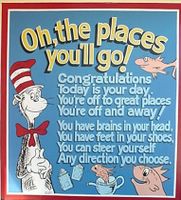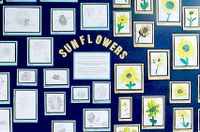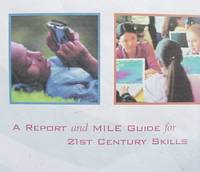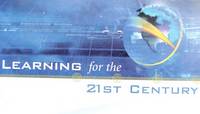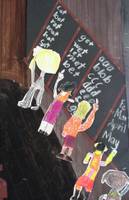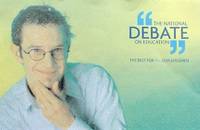
Scottish Education Debate ; making it work together'.

For too long education has been left in the hands of those who know best – the educational hierarchy in Wellington. And up to now they haven’t made a convincing job of it.
What we need now is a national conversation about the role of education in the Twenty-first Century. Education is far too important to leave to the politicians and their advisers. They are far too influenced by the need to stay in power and not upset those who have a vested interest in the status quo.
To be honest there was an attempt before ‘Tomorrows Schools’ with what was called an Education Review. Instigated by the then Minister of Education Russell Marshall it was tossed out the window with the introduction of the market forces ideology of the late eighties. The new mantra was to be competition, accountability and parent choice and it proved to have little with the wider personal and communal aims of education.
As it has turned out little has changed and today as many students fail as ever. And now, if anything, the current administration is leading us back to the educational environment pre ‘Tomorrows Schools’ with its focusing on the importance of the teacher, powerful pedagogy, the need to involve the community, and for homes and schools to work together. Of course this is now all based on 'new' research or so called 'best practice'!
There is however no way we can go 'back to the future' but it is important to make use of ideas forgotten in the rush towards self managing schools. What we need now is to stop tinkering with a system, with it’s genesis in mass education movement the Nineteenth Century, and begin a conversation to re- imagine what is possible so as to develop a more flexible and equitable system.
Such a ‘conversation was undertaken in Scotland in 2002 where a ‘National Debate on Education ’ was instigated. This asked all interested parties to record and send in their views.
In New Zealand such a debate could be replicated (perhaps motivated by a series of TV programs to provide the public with a variety of ideas) to inspire conversations in homes throughout the country.
Some of the questions asked in Scotland were:
1. Thinking about your own and others experience of school, what were the best things? Why?
2. What are the main things that need to be improved? Why?
3. What are the top five things all young people should learn at school?
What particular subjects and skills and attitudes.
(To help answer the above a list was provided: Things such as: To be able to read and write; to understand numbers and arithmetic; to be creative and enterprising; to have self discipline; to be flexible and able to adapt to change; to have ambition; to respect themselves and other people; to have positive attitudes and expectations; to know how to look after their physical and mental health.)
4 Is it important that all children are taught the same things or different children different things? If so who chooses and when?
5 What should young people leave school with to show what they have achieved? If so what and why?
6 How should children learn? How can we get children more interested in learning? What new options might we have in the future?
7 Children have different talents and abilities. How can the school system help each child develop to have the best start in life? How can we meet the needs of those requiring additional support and those who do not?
8 Who can help students learn? At the moment children generally learn with one teacher at primary school, with different teachers at secondary school and sometimes with classroom assistants and helpers. Is this the best way – are there any alternatives? Who ought to be involved in helping children to learn in the future? What skills will these people need?
9 How can parents help the children learn? What support do they need?
10 When should children learn? At the moment school is compulsory for children aged 5 to fifteen. Is five the right age to start? Why, or why not? Is 16 the right age to leave school? Why or why not?
11 Are the school terms arrangements suitable? At the moment school starts around nine and finishes around 3 or 4. How many days should students spend at school? What times should they start and finish?
12 Where should students learn? If you could design a school for the Twenty-first Century, what would it look like? Some things to consider might be: What might it offer that schools do not offer just now? Would it be more than somewhere to learn? Who might use it and when? How could children learn from a distance?
I am sure we could do something appropriate in New Zealand if we really believe in democracy and really want to value the diverse voices of our community. Our current ‘one size fits all model’ has passed it’s ‘use by date’. We can do better. At least we could establish a range of alternatives in every community. If we really want to develop healthy communities we have no option. It is time for the government to develop a new community based model?
It might be useful idea for individual school to begin the ‘conversation’ with their own parental community?
Question twelve might be all that is needed to be asked?


